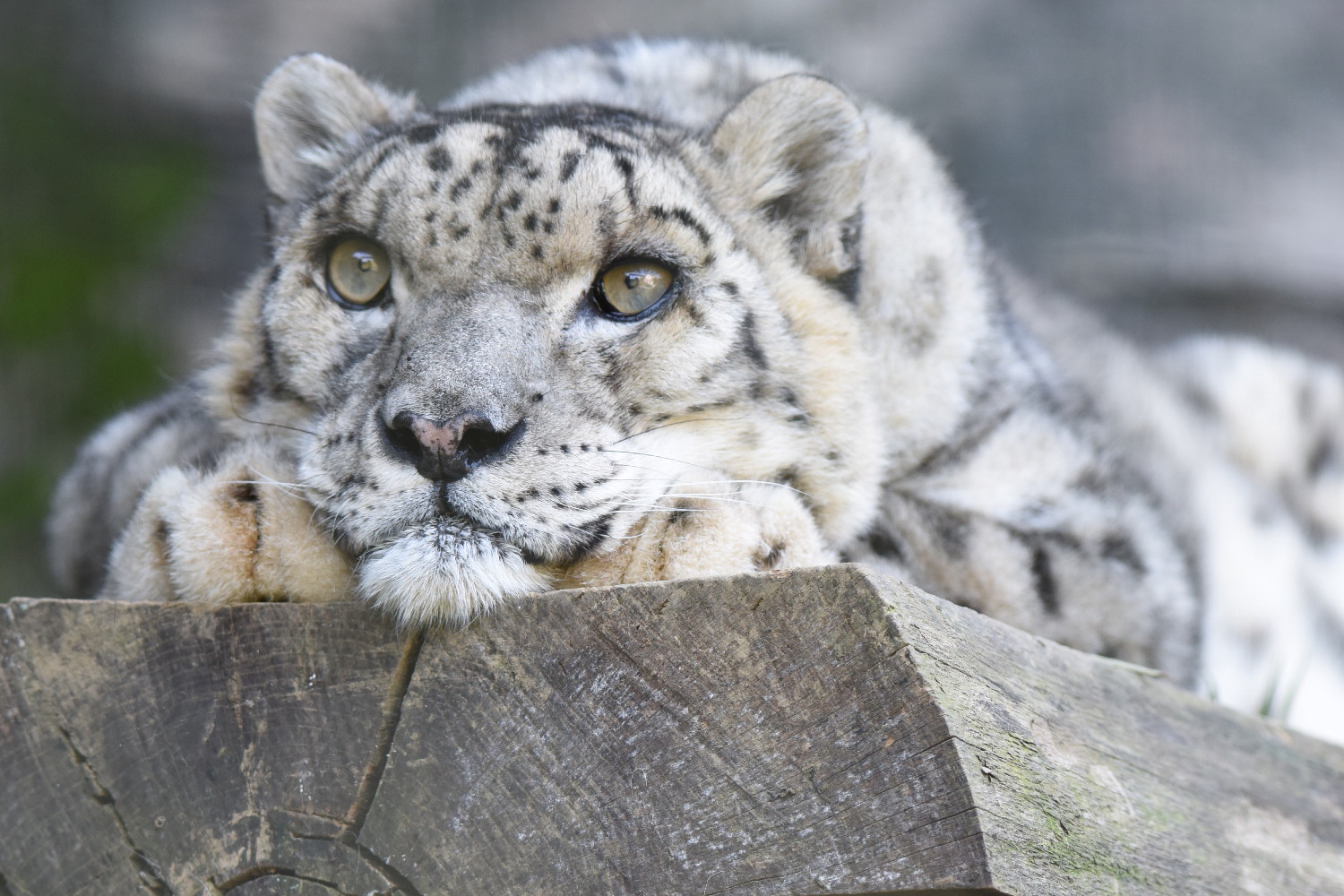
Scientists have found a fossil of a big cat in the Himalayas that appears to be the oldest fossil yet found in the Felidae family.
Paleontologists from China, Canada, and the United States have found the fossil among the snow-packed peaks in Tibet. The fossil consists of a well-preserved skull from a four to six million-year-old relative of the now endangered snow leopard (photo to the left).
More specifically the fossil belongs to the extinct species Panthera Blytheae, a cat that probably resembled the Snow Leopard but was smaller and a weight around 20 kilos (44 pounds).
The fossil has been dated using magnetostratigraphy, and the age is estimated to be between 4.10 and 5.95 million years old.
The findings add support to the hypothesis that big cats evolved outside of Africa. Instead, Asia has been suggested, and that they then spread from Asia to the rest of the world.
This hypothesis was first established when researchers in 2006 began to outline the family tree of cats using DNA samples. And by tracing common genetic heritage, the research resulted in a map that showed cats’ ancestors originating in Asia eleven million years ago.
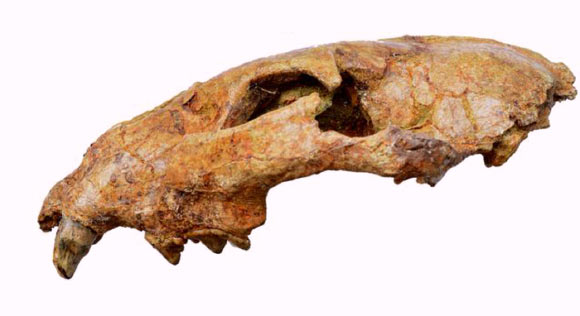
The Asia hypothesis has since then been a topic of debate, though, and with no fossils to back it up, it has not been established as a scientific theory. But this finding in Tibet may change that, however. The previous oldest fossil of a big cat was found in Tanzania, Africa. That fossil was 3,6 million years old, around half the age of this newly found cat in Tibet.
The species was named for Blythe Haaga, daughter of Natural History Museum of Los Angeles County benefactors Paul and Heather Haaga, who bid for the naming rights during a museum auction.
_______________
Himalayan fossils of the oldest known pantherine establish ancient origin of big cats
______________________________

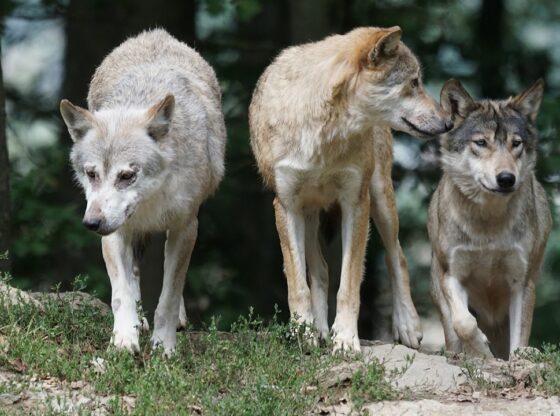
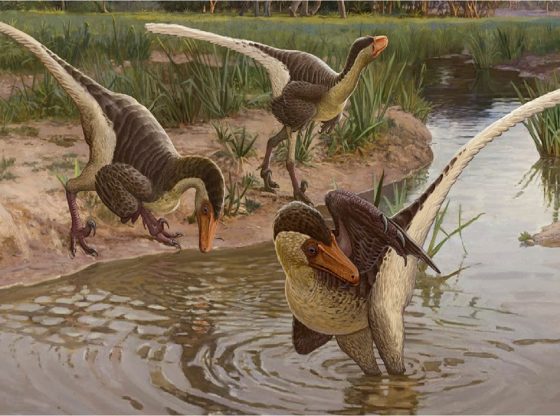


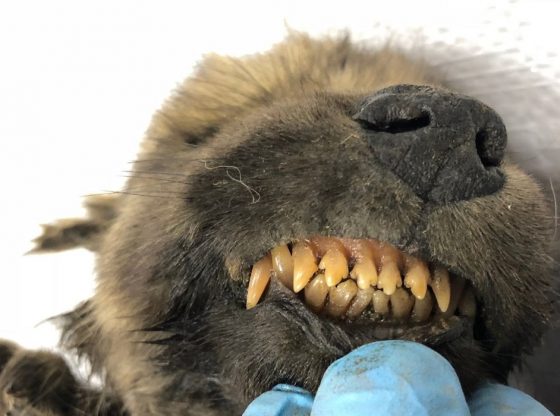
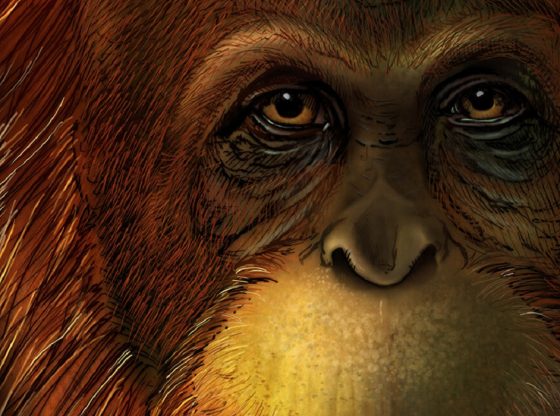
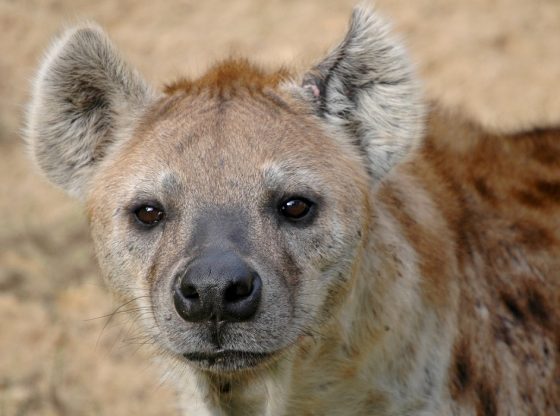
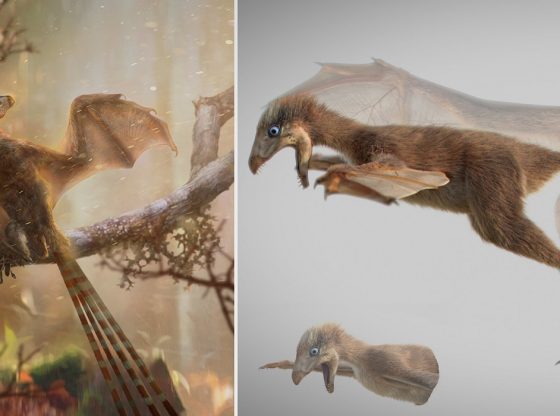
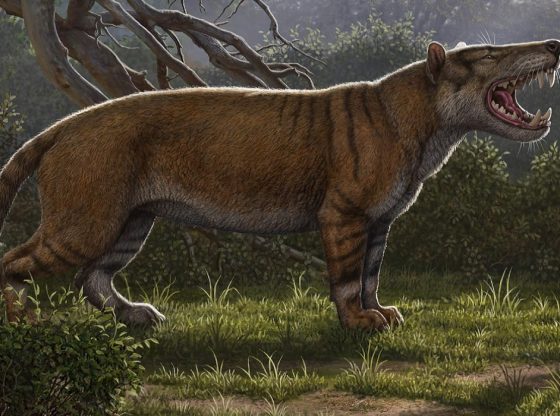
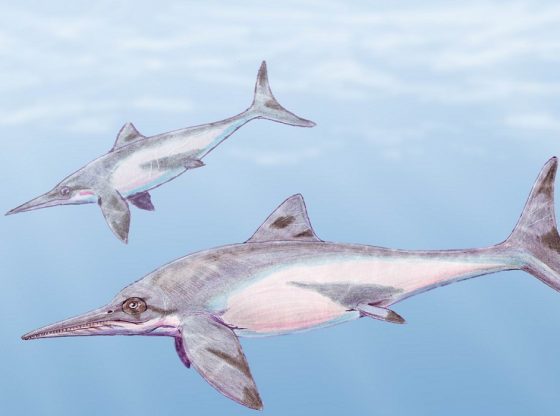
![OpenAI. (2025). ChatGPT [Large language model]. https://chatgpt.com](https://www.illustratedcuriosity.com/files/media/55136/b1b0b614-5b72-486c-901d-ff244549d67a-350x260.webp)
![OpenAI. (2025). ChatGPT [Large language model]. https://chatgpt.com](https://www.illustratedcuriosity.com/files/media/55124/79bc18fa-f616-4951-856f-cc724ad5d497-350x260.webp)
![OpenAI. (2025). ChatGPT [Large language model]. https://chatgpt.com](https://www.illustratedcuriosity.com/files/media/55099/2638a982-b4de-4913-8a1c-1479df352bf3-350x260.webp)








